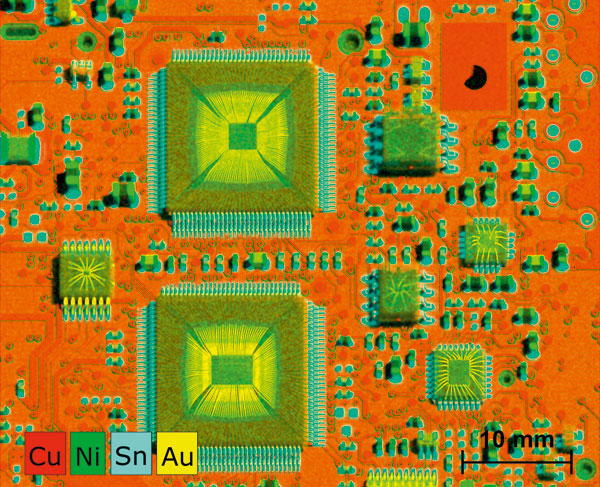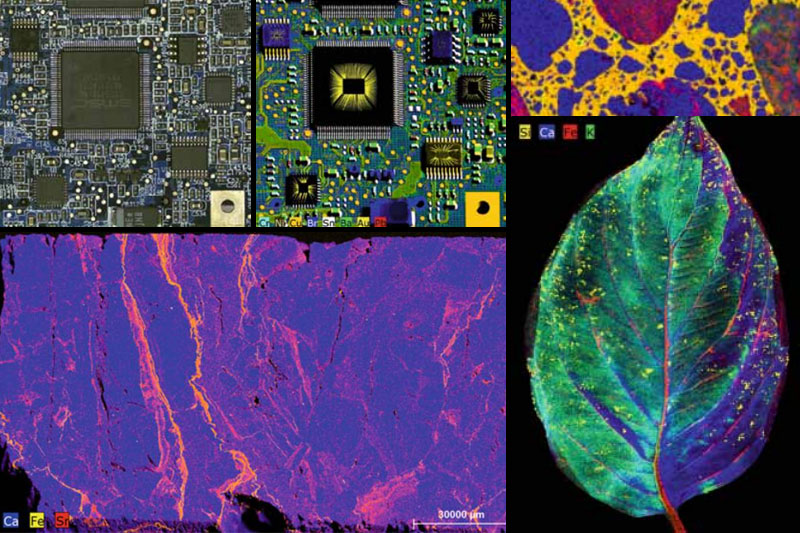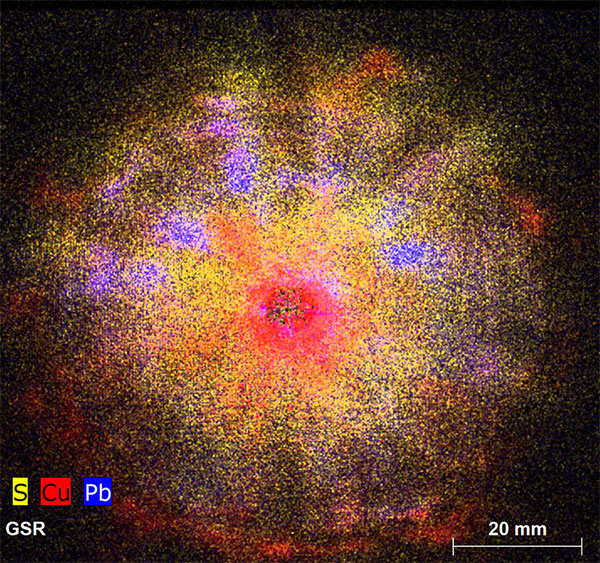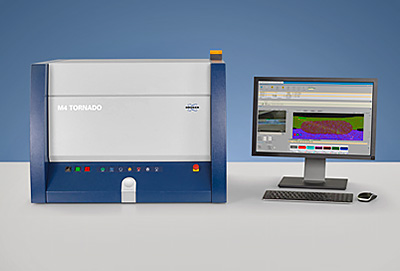Free Guide to Micro-XRF
Download a free guide to micro-XRF for an introduction to the analytical technique, including its history, how it works and the data you can extract, along with real world case studies and examples.
Micro X-ray fluorescence spectroscopy is a non-destructive analytical method for analysing the elements in a sample and their distribution. It’s suitable for a wide variety of samples. Gain detailed information and visual maps that present information in an extremely clear, easy to interpret format.
Blue Scientific is the official distributor of Bruker Micro-XRF systems in the UK, Ireland and Nordic region:
Micro-XRF instruments
Download the guide
Contact us on 01223 422 269 or info@blue-scientific.com
Free Guide to Micro-XRF
Learn all about micro-XRF and gain an understanding of the technique with Wiley’s Essential Knowledge Briefing. The pdf booklet gives you an introduction to micro-XRF and how it works, with examples of what it can do. The guide covers practical issues related to the technique, mentions potential problems and how to solve them, and reveals upcoming advances in the technology.
You can download the guide free from Wiley’s website.
Contents:
- History and background
- In practice
- X-ray source
- Polycapillary optics
- Detecting X-ray fluorescence radiation
- Information depth
- Data processing
- Mining the data cube
- Problems and solutions
- Case Study 1: Thickness analysis of thin light element layers
- Case Study 2: Analysing a weld seam
- Case Study 3: Analysing geological samples
- What’s next for micro-XRF?

Generate visual maps to understand element distribution on your sample
Benefits of Micro-XRF
Micro-XRF is a useful technique for analysing elemental composition and generating highly visual element maps:
- Determine the elemental composition of a sample without preparation.
- Flat, homogenous surface not required.
- No polishing, grinding, dissolving or cutting.
- Irregular shapes aren’t a problem.
- Non-destructive, with no damage to your sample.
The technique is based on XRF spectroscopy, a powerful analytical method suitable for bulk materials, surface composition, very small samples and larger samples.

Suitable for a wide variety of samples
Applications
Micro-XRF is extremely versatile and is used in a wide range of industries and areas of research. If your area of work isn’t mentioned, that doesn’t mean it wouldn’t work for you – simply get in touch for advice!
- Materials science – eg analyse elemental distribution on printed circuit boards and large metal parts
- Geoscience – eg study any type of mineral sample
- Forensic science – eg analyse gun-shot residue
- Archaeology – eg map elements on ancient artefacts
- Bioscience – eg distribution of essential elements in plants
- …and many more!

Element map of gunshot residue
Micro-XRF Systems from Bruker
We are the official UK and Nordic distributors for Bruker micro-XRF, one of the worldwide leaders in analytical instrumentation. You can see the full range of systems here.
The most versatile system in the range is the Bruker M4 TORNADO:
- All sample types: inorganic, organic, irregular shapes and even liquids.
- Fast, sensitive analysis
- Excellent spatial resolution
- Large sample chamber
Download the Guide
The guide to micro-XRF is available free from the Wiley website:
[hr]


